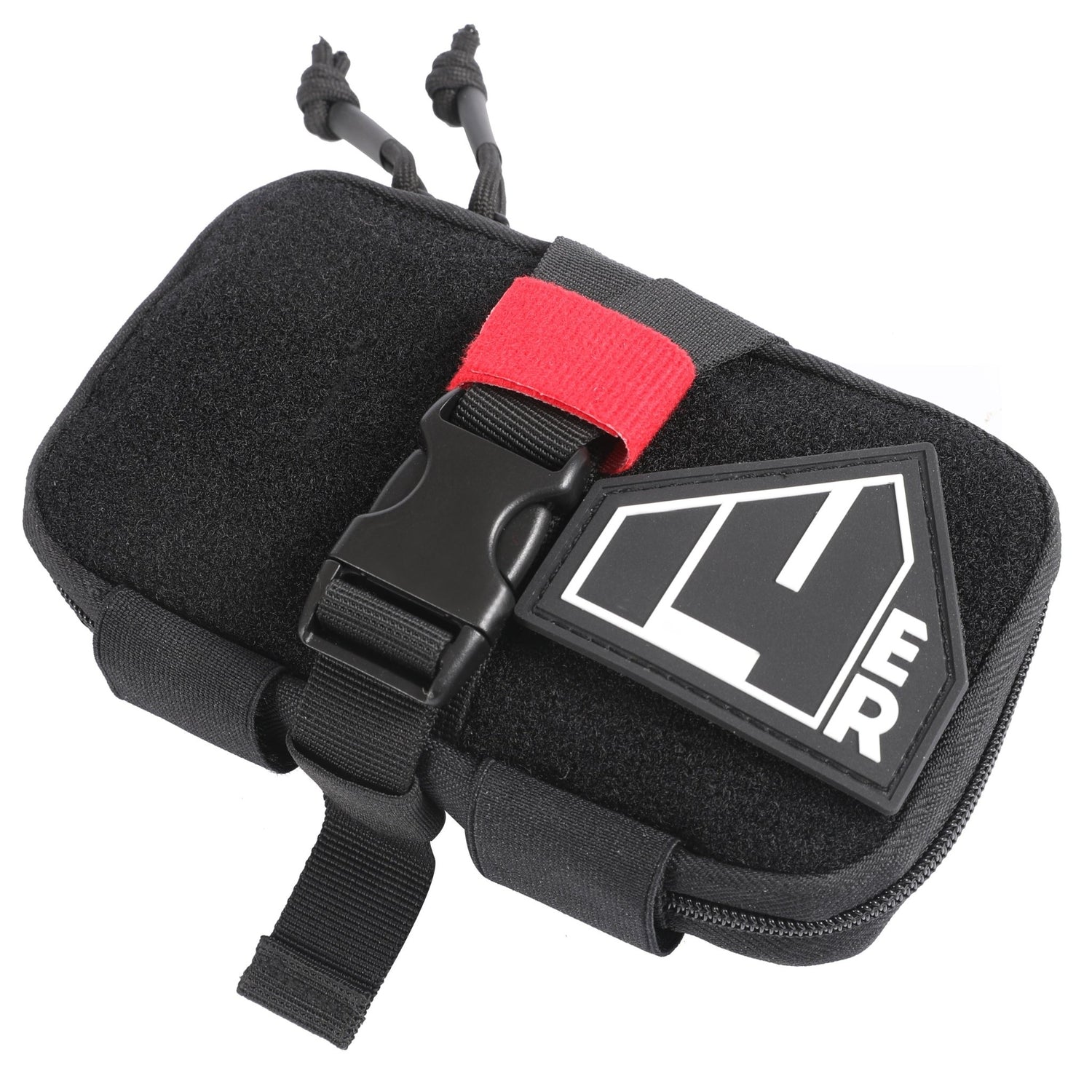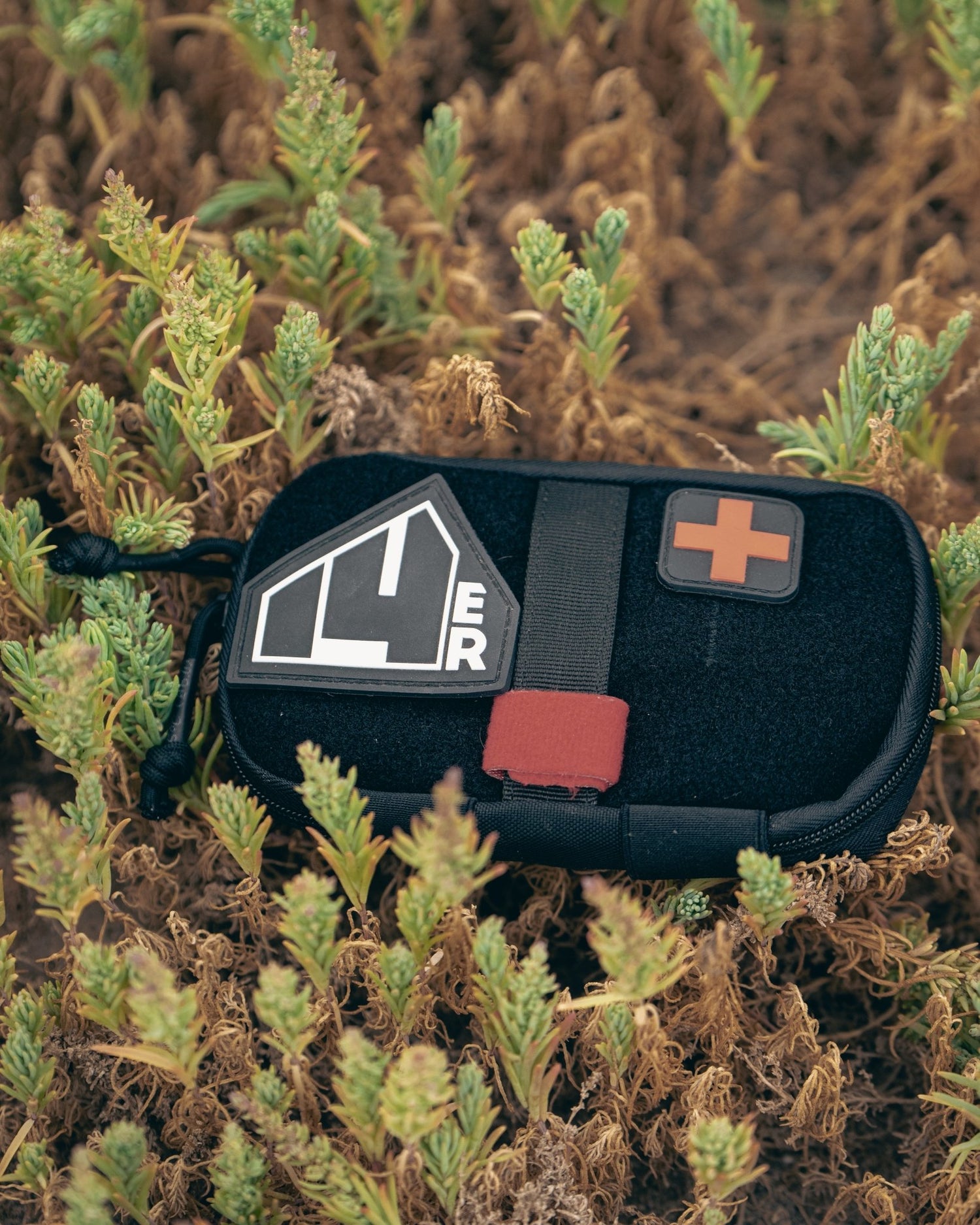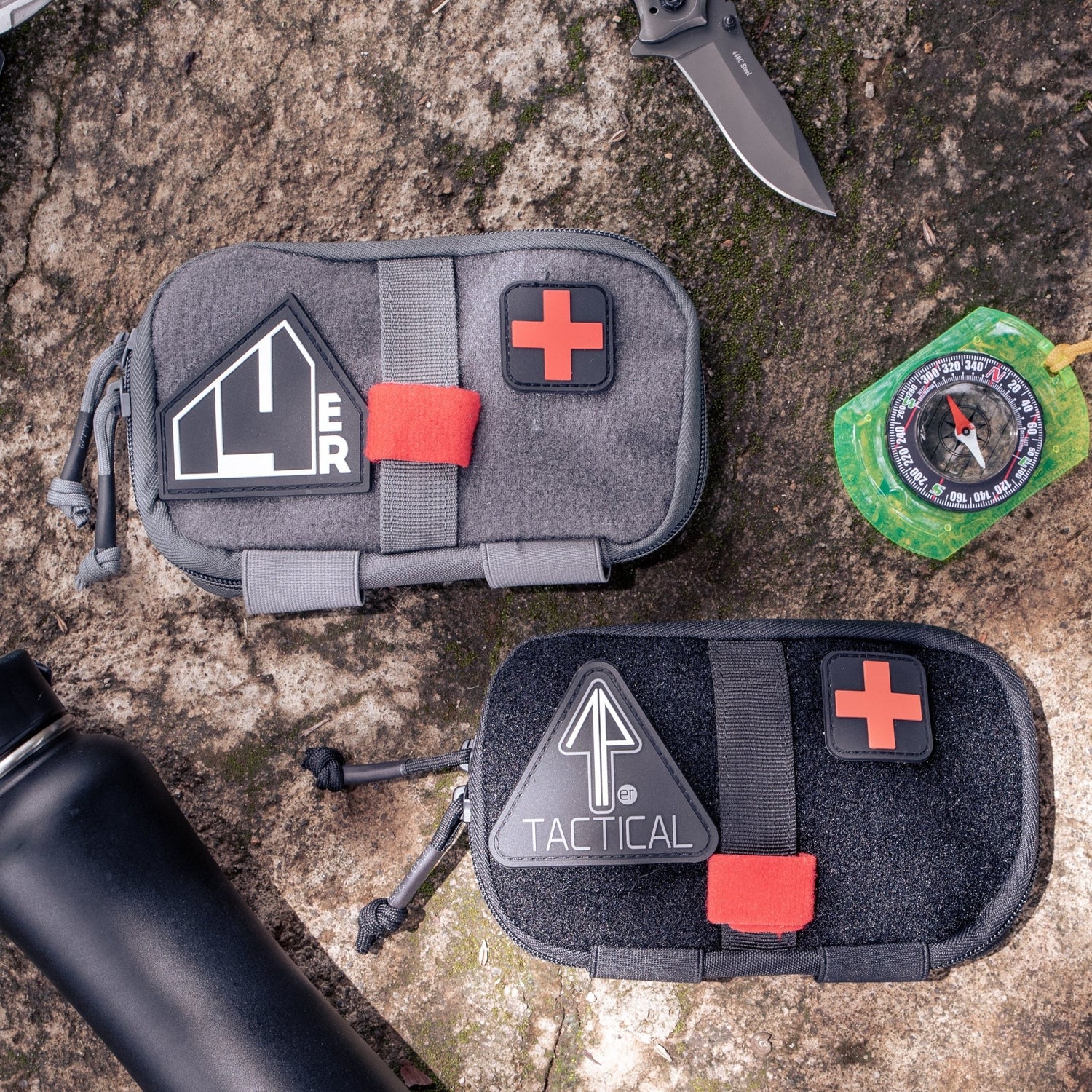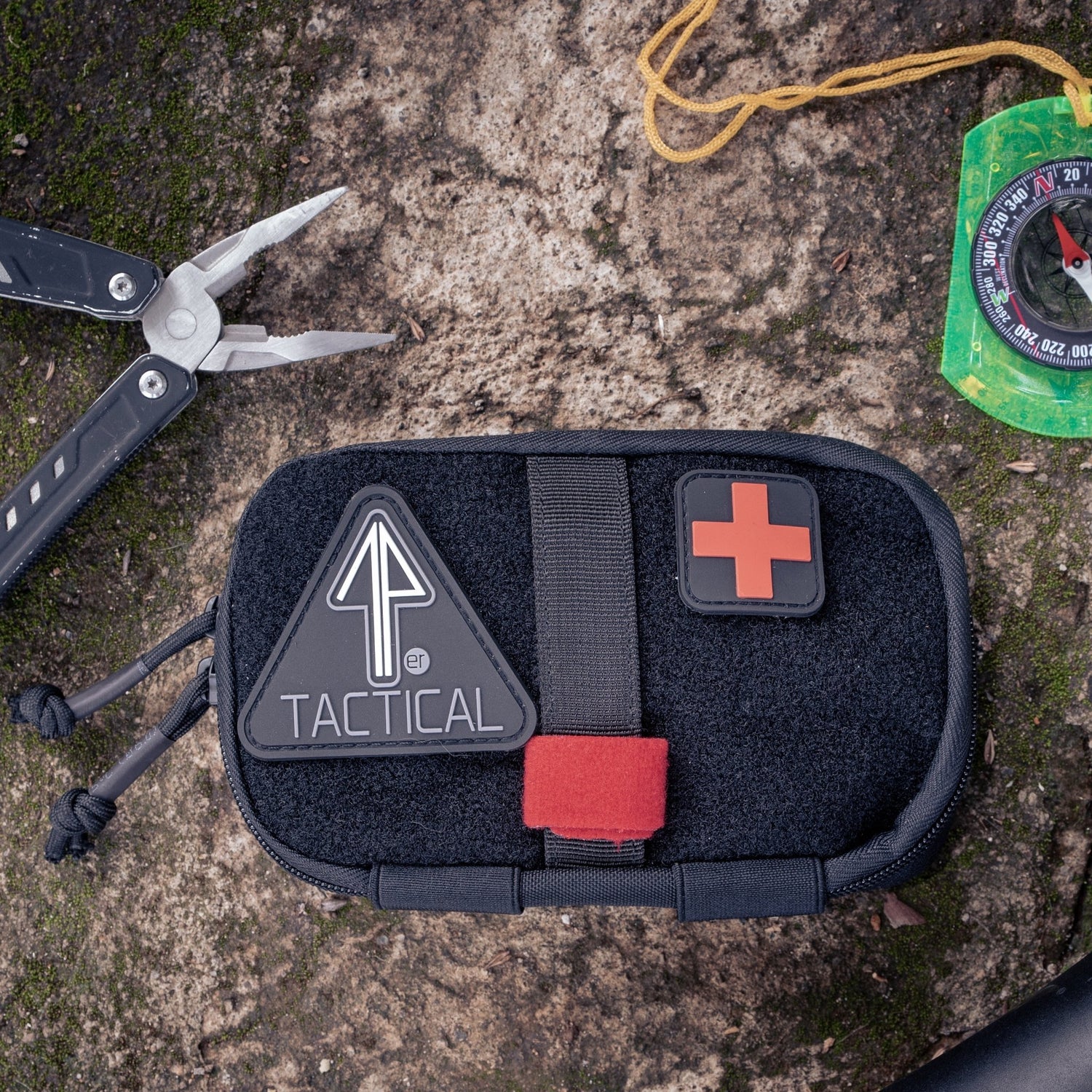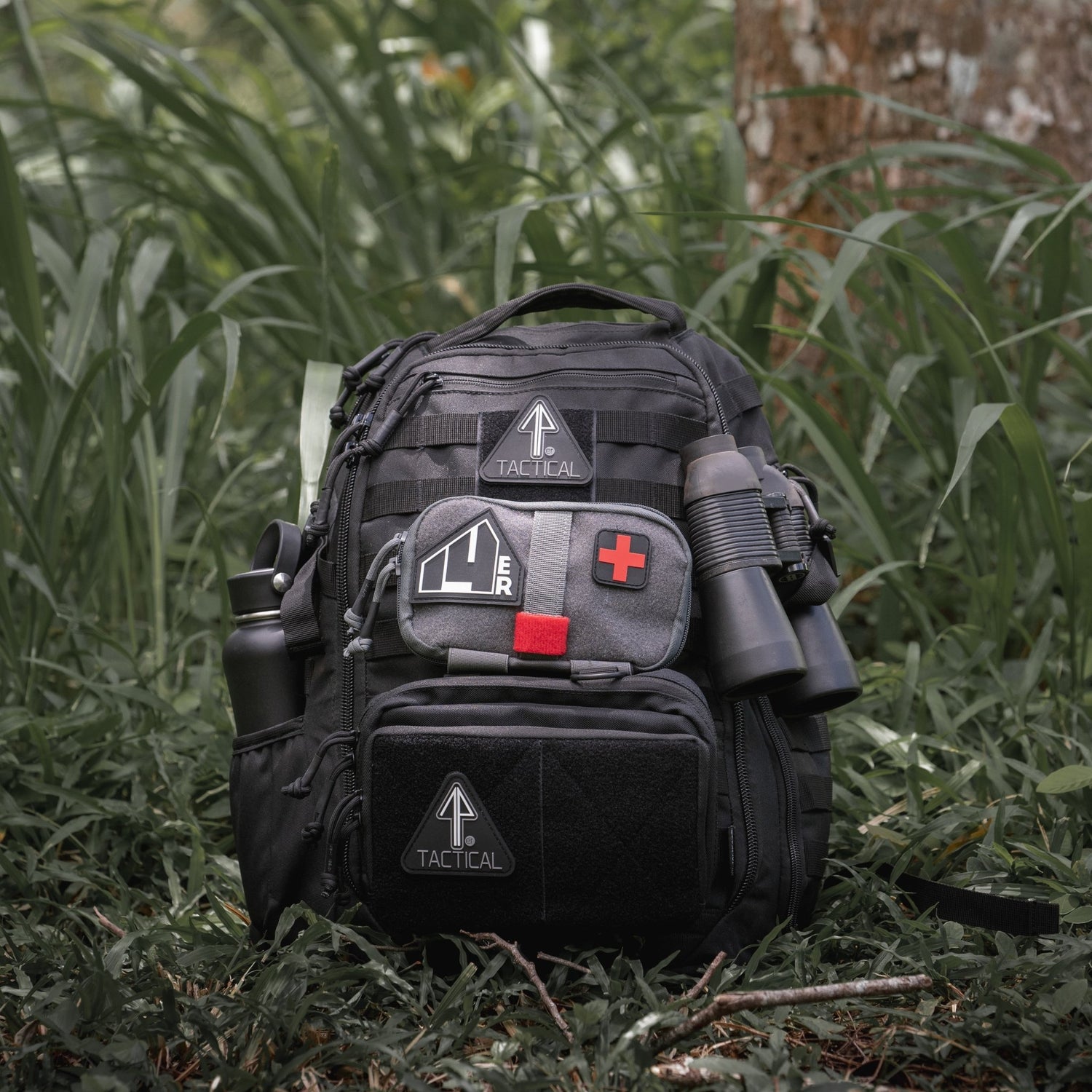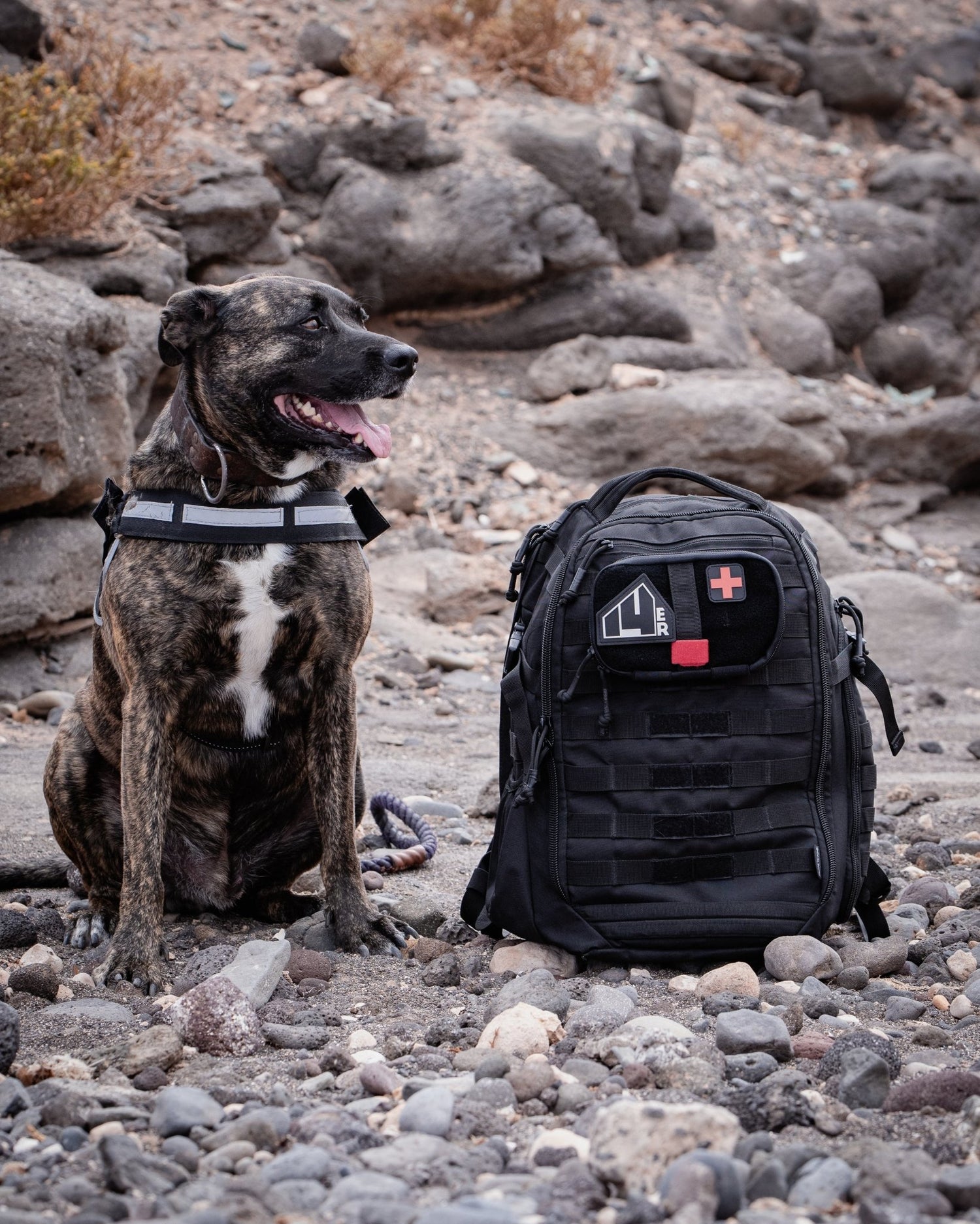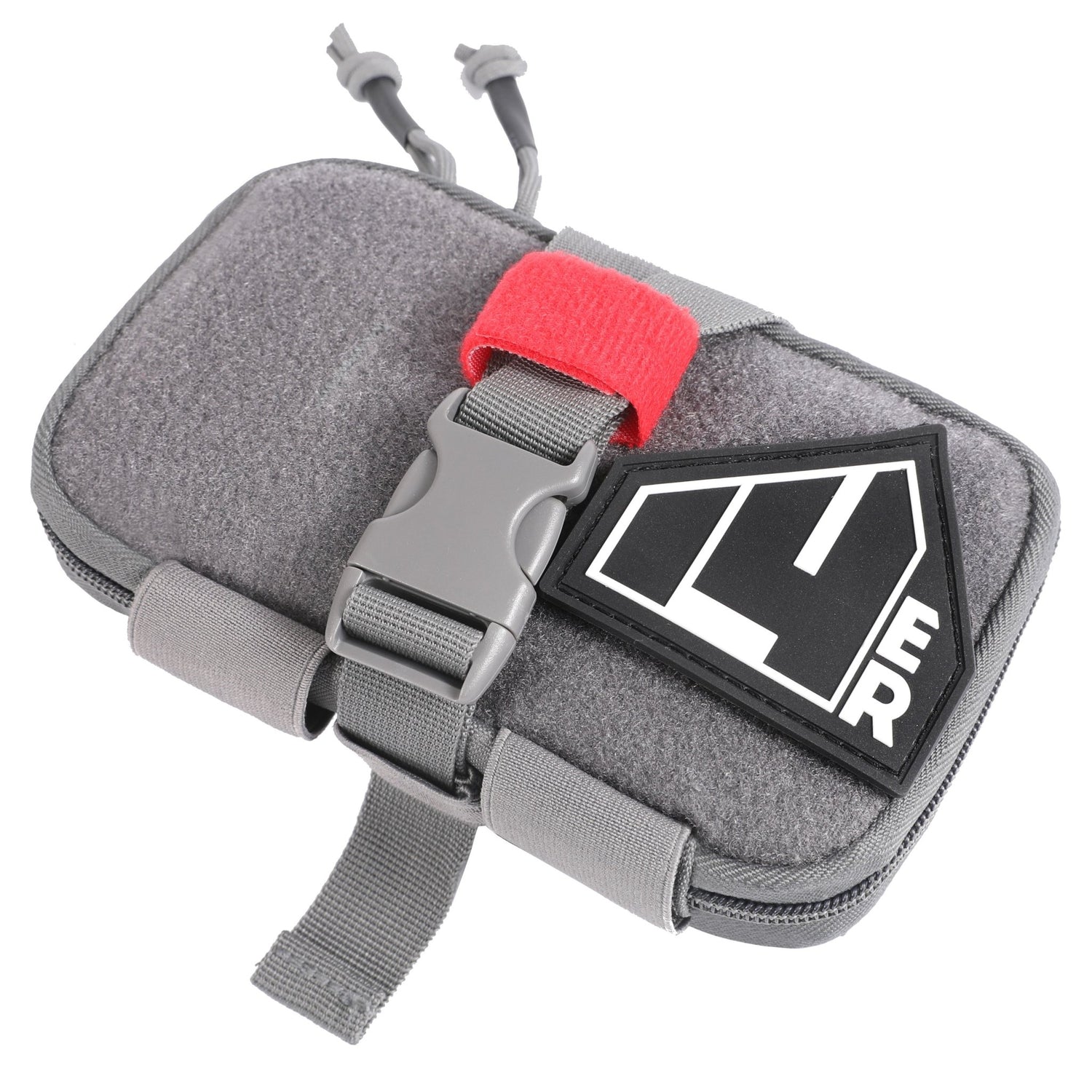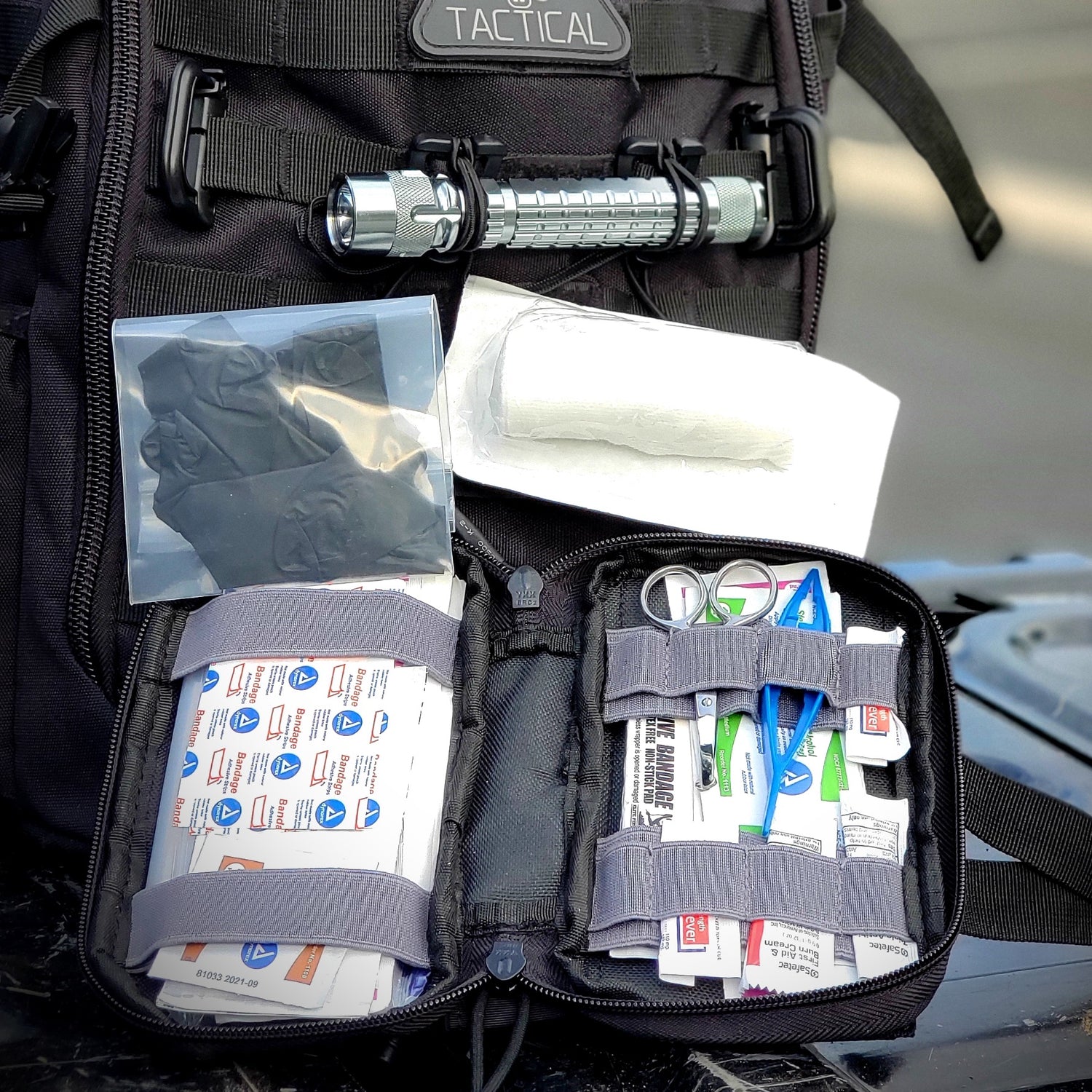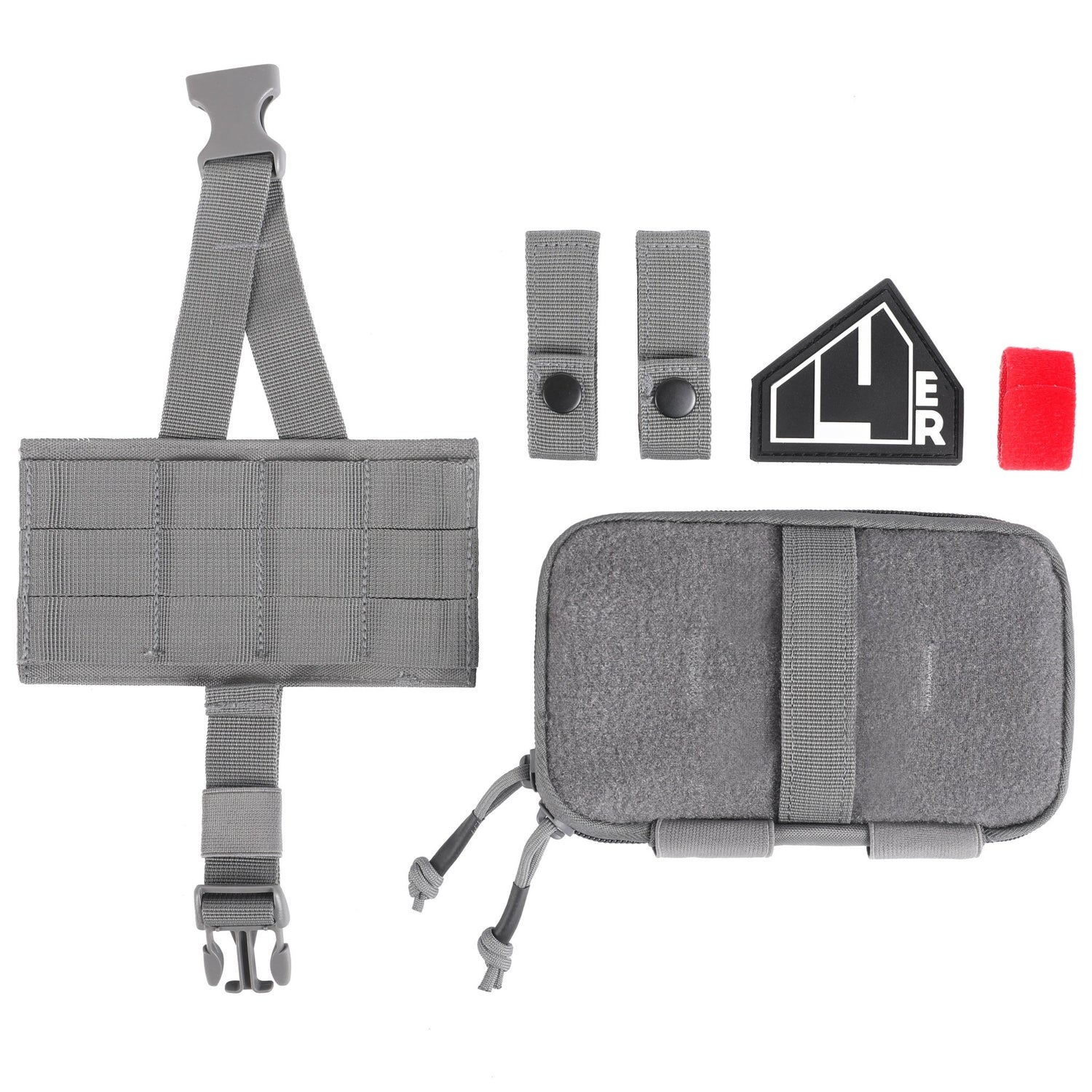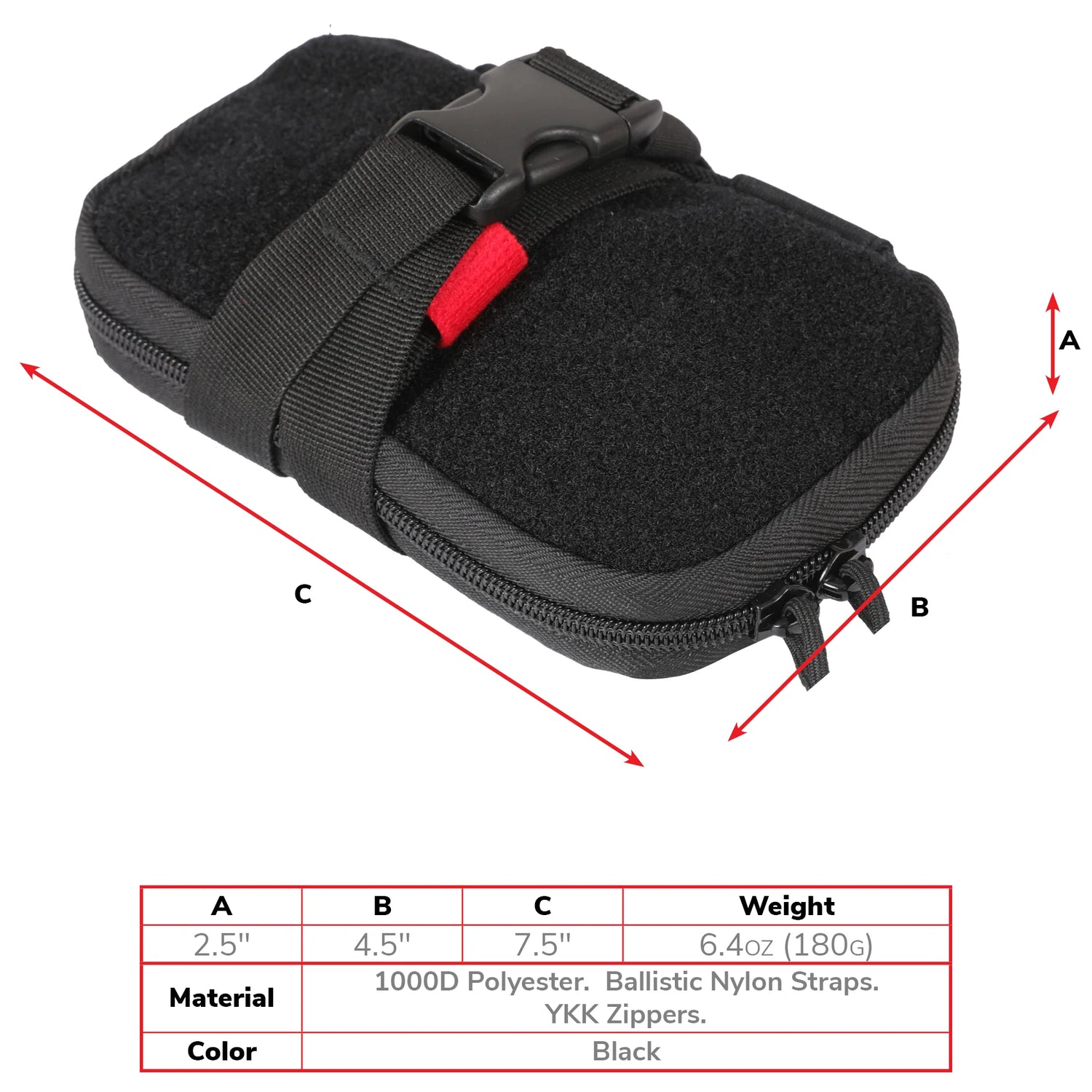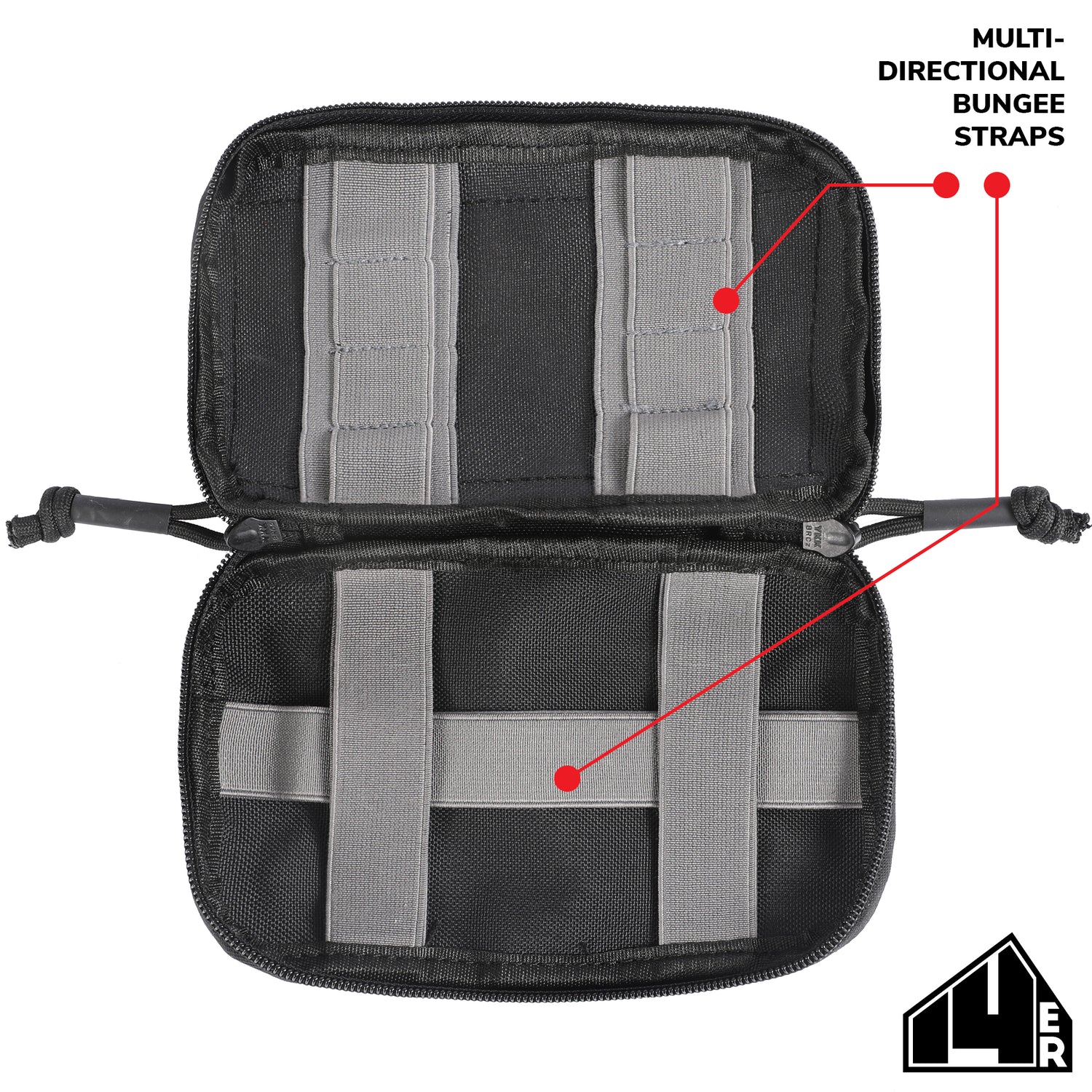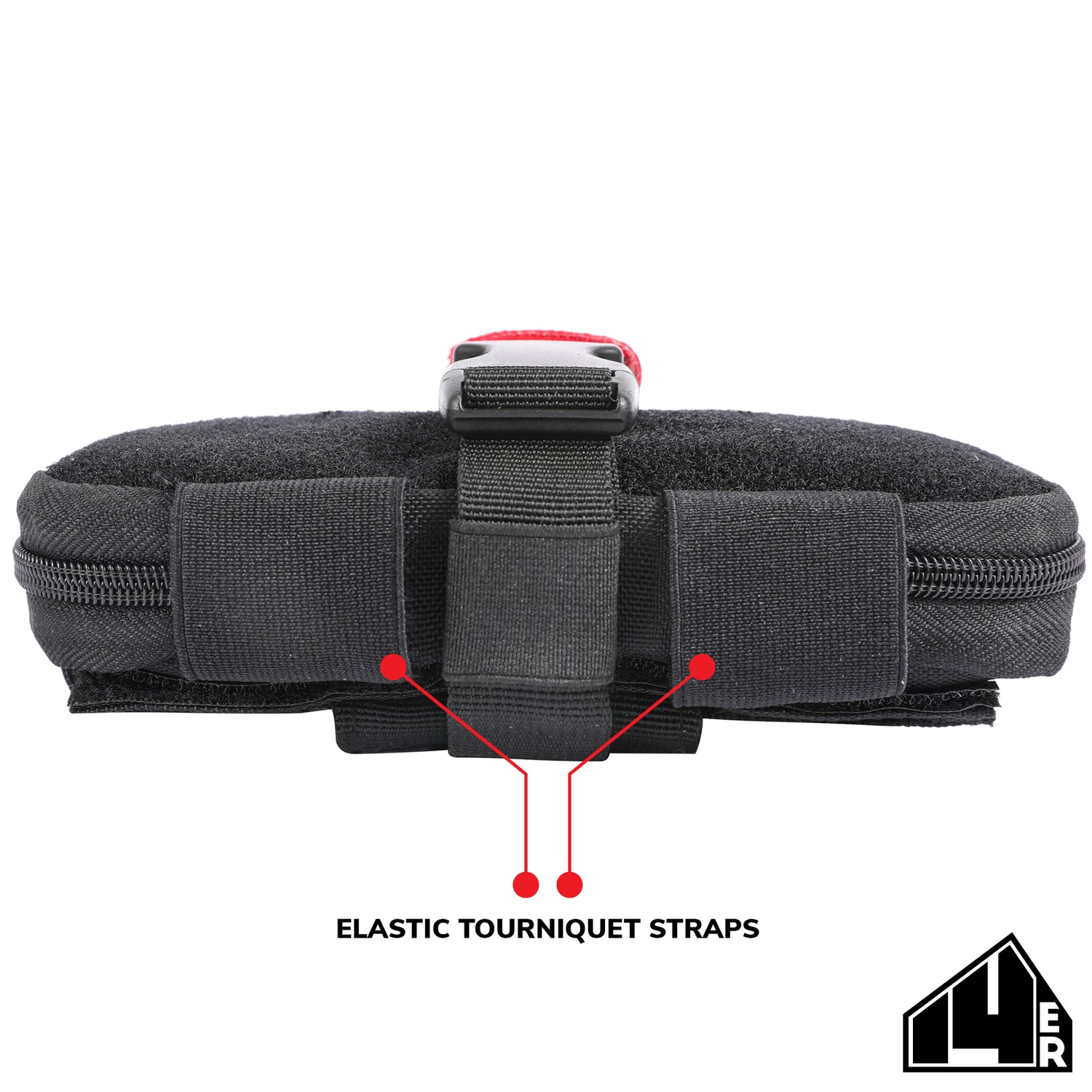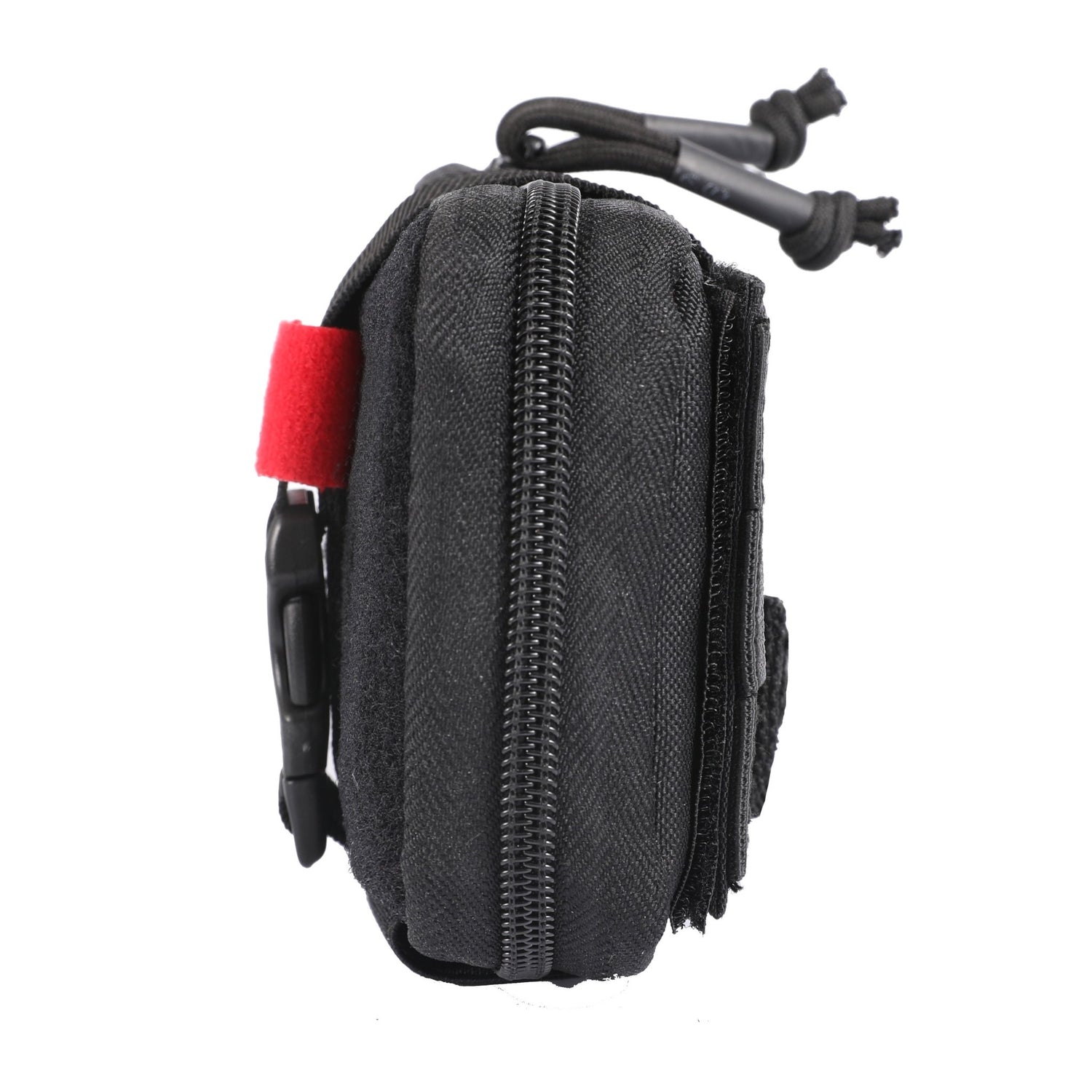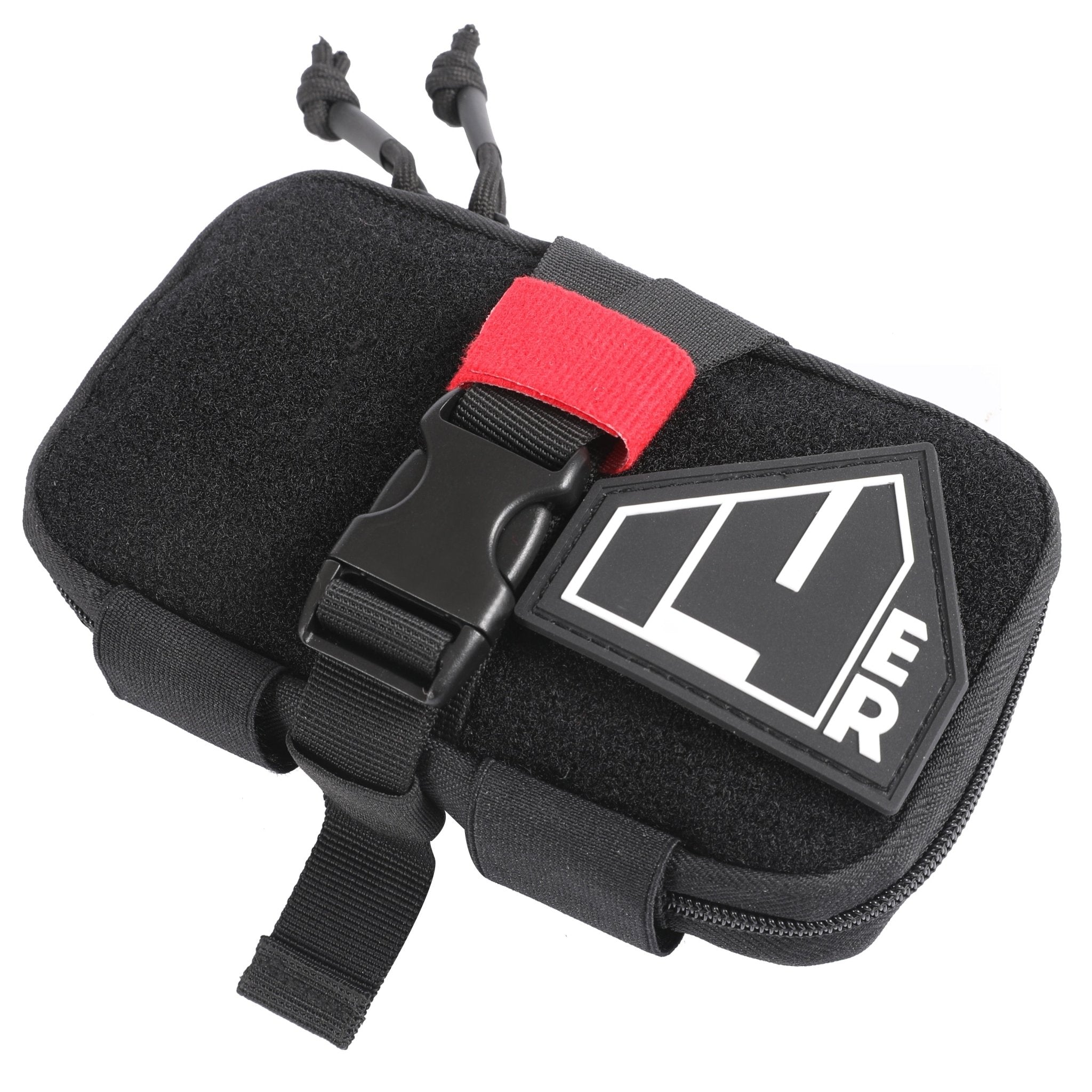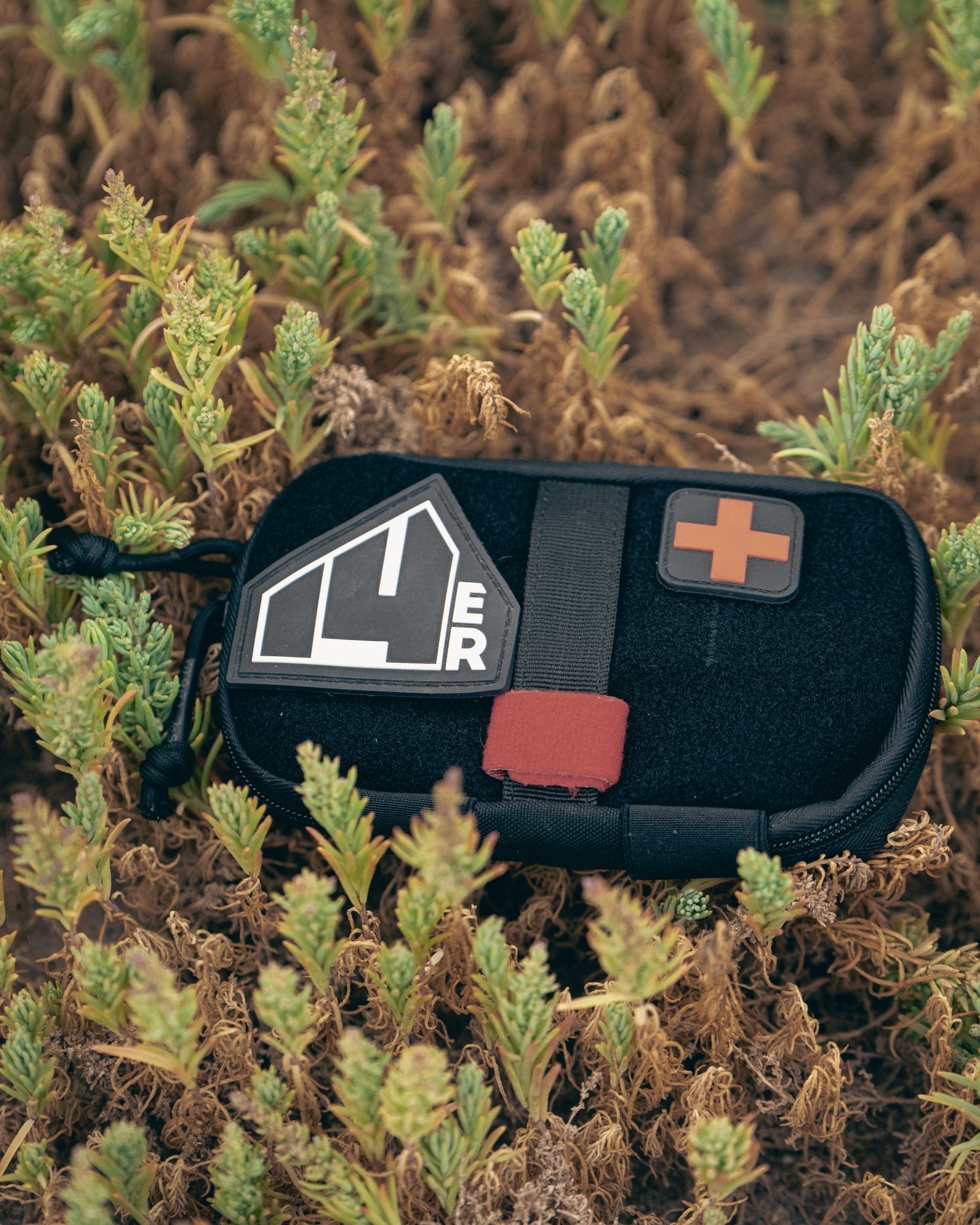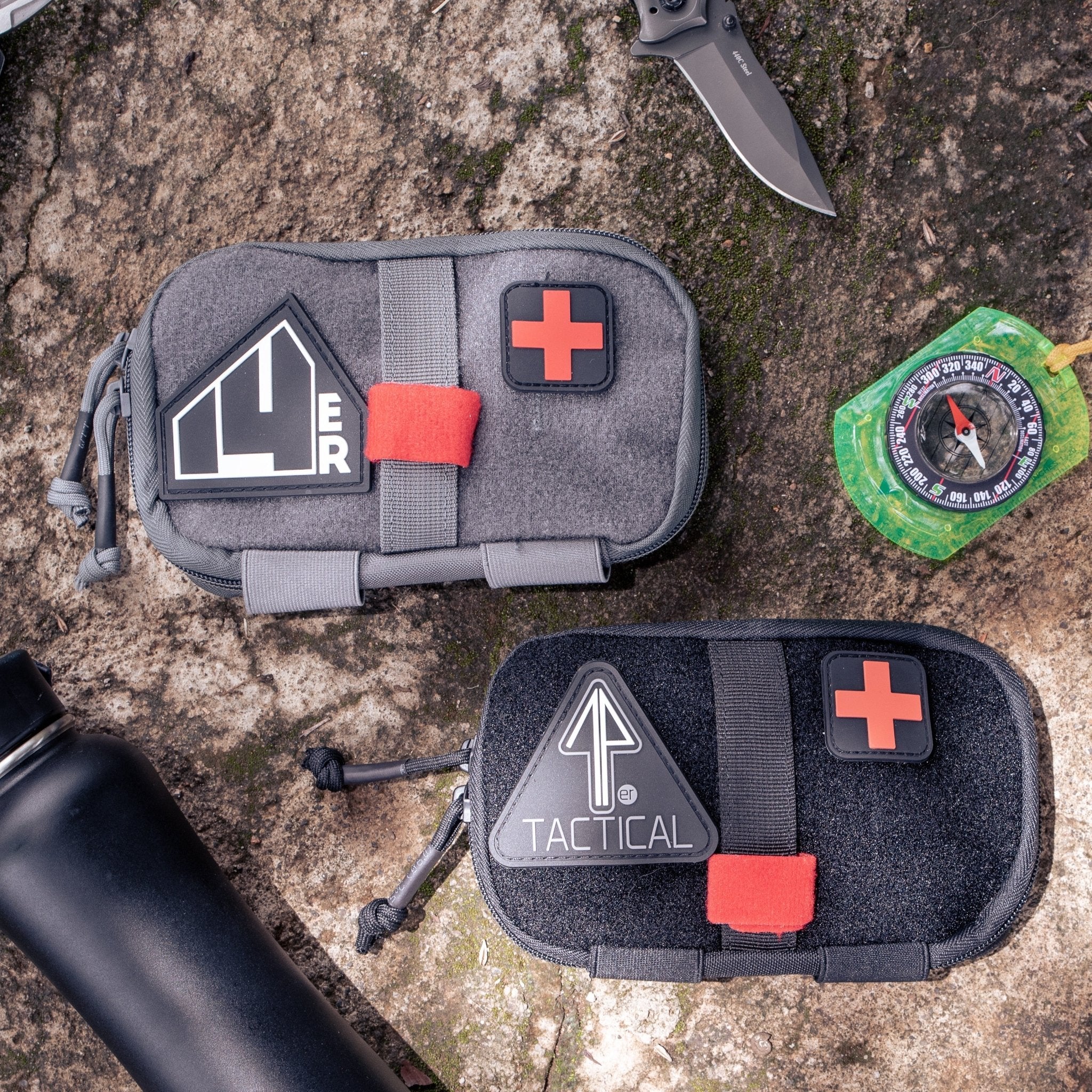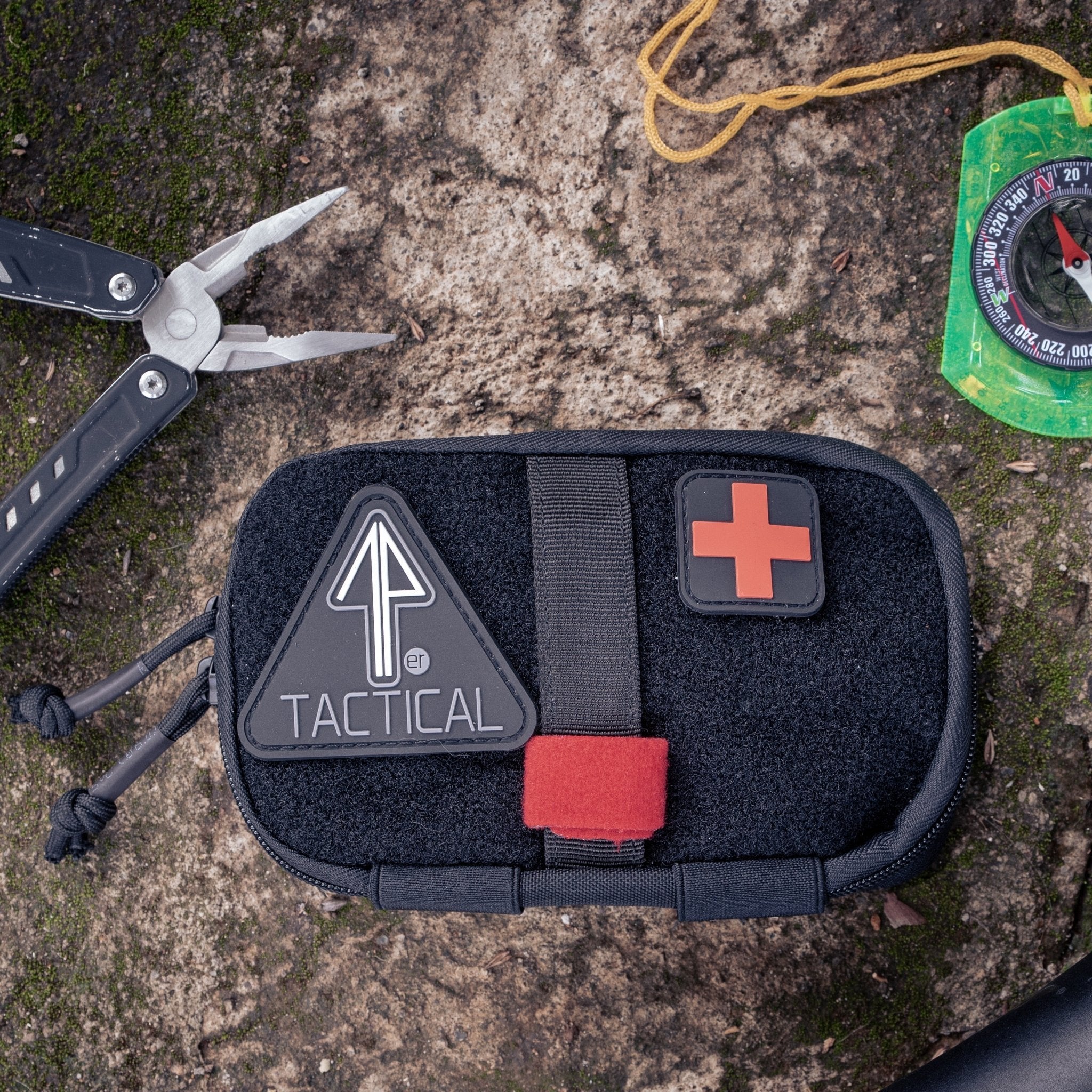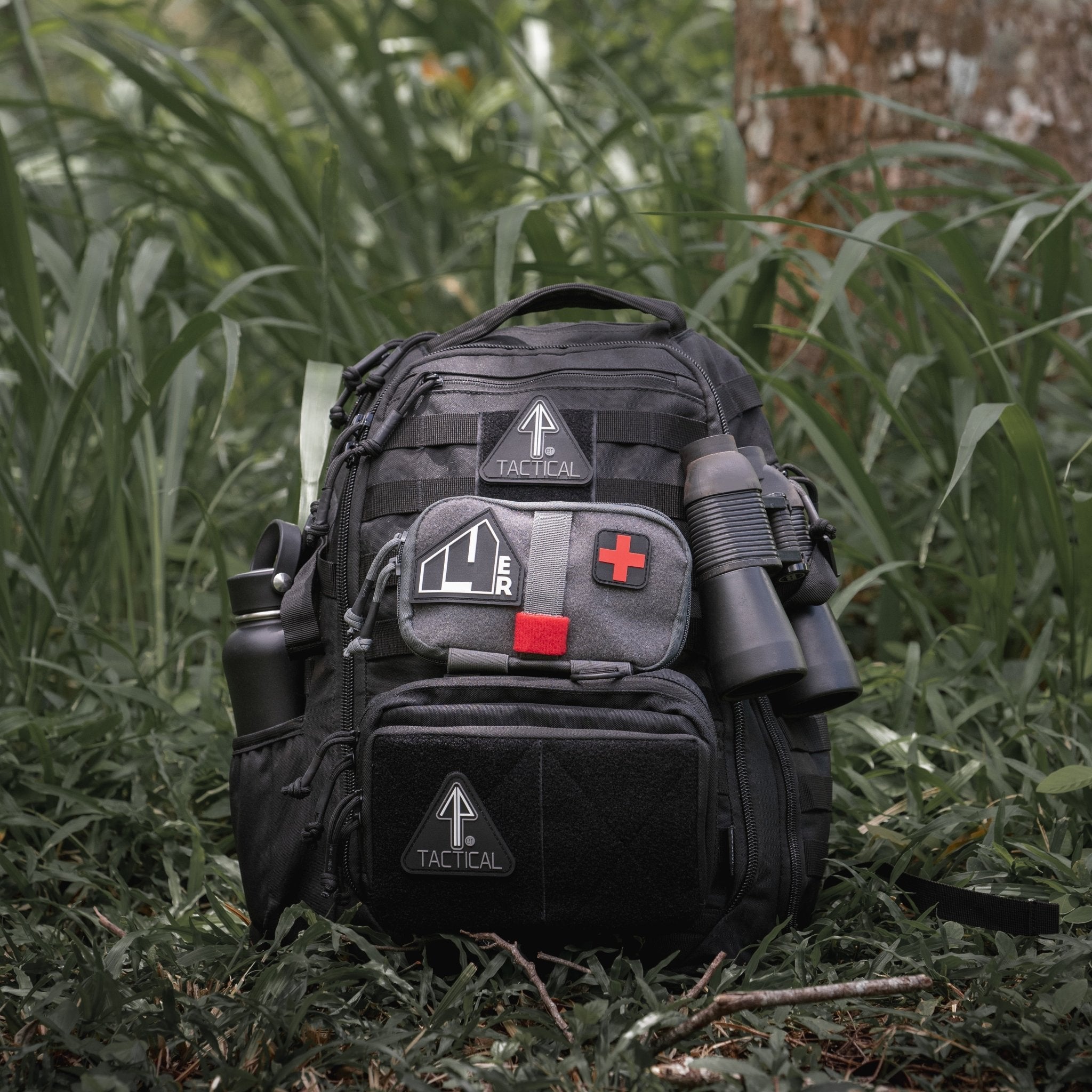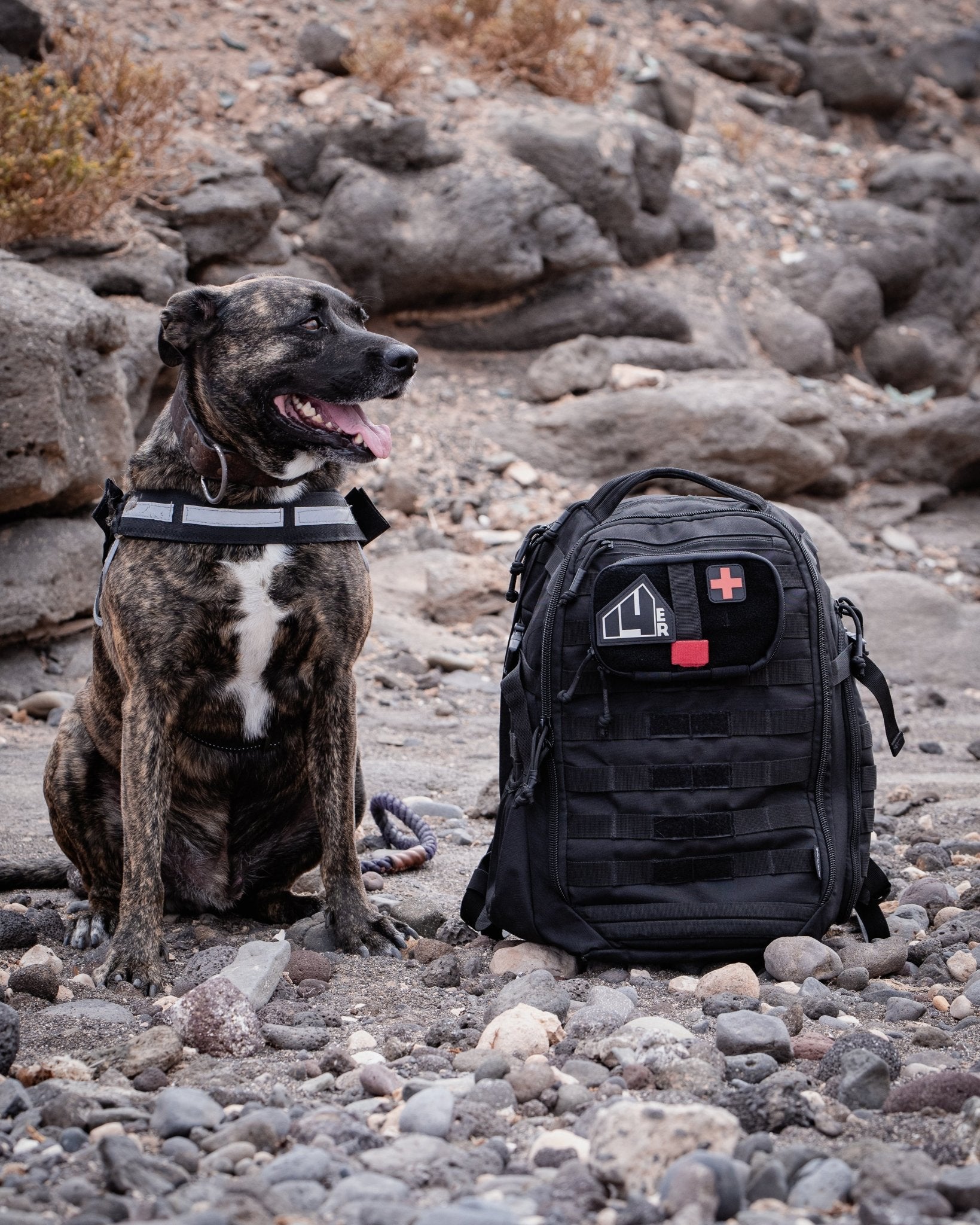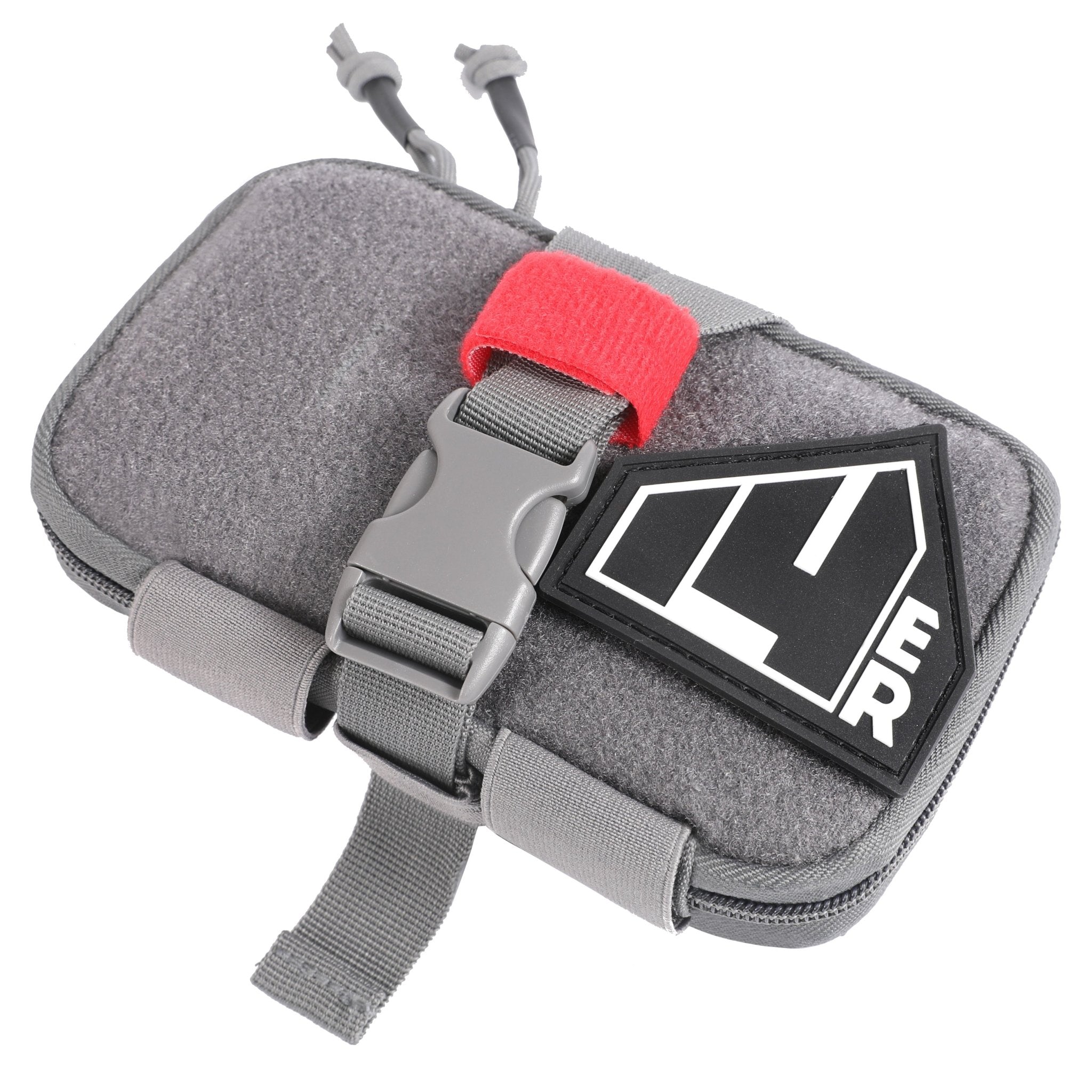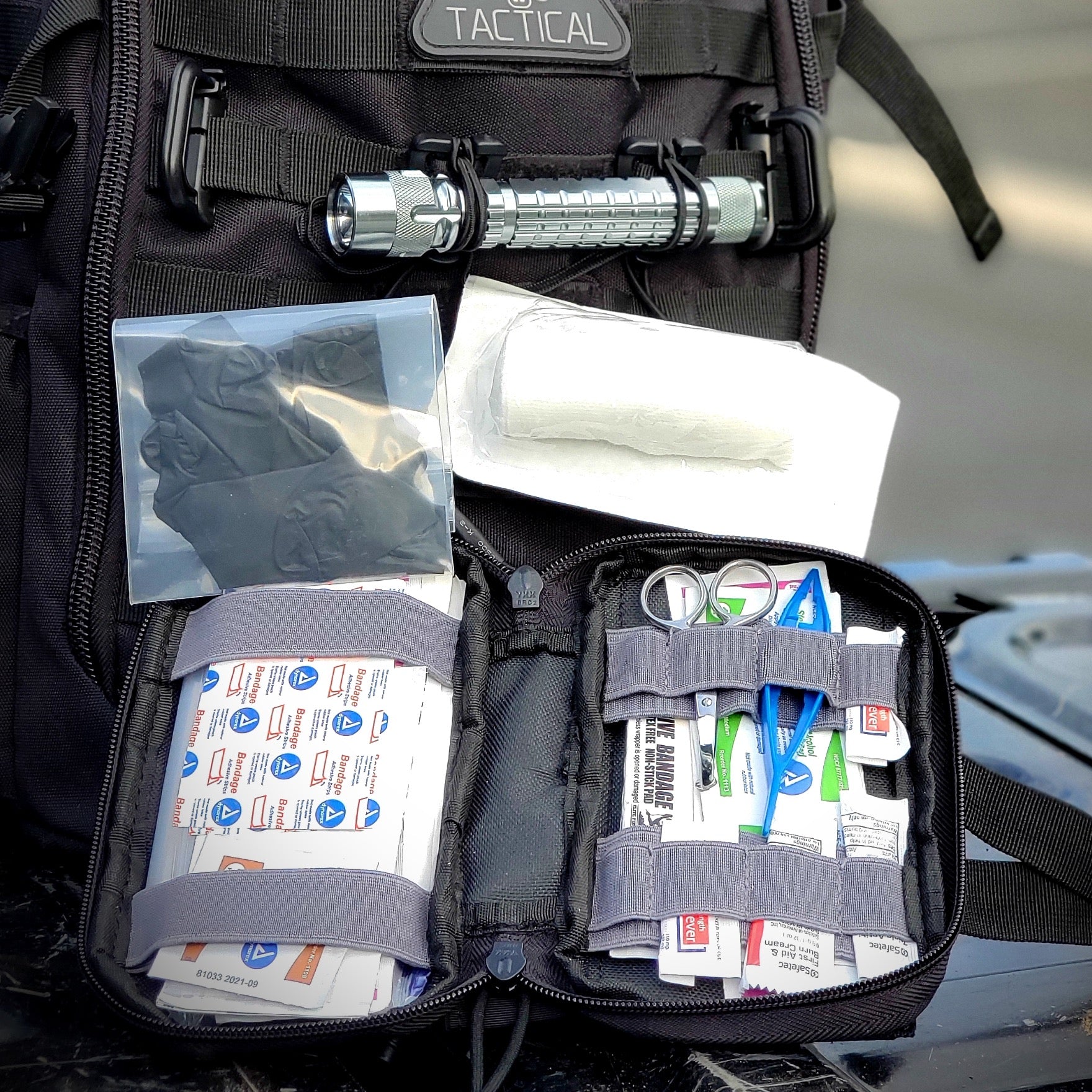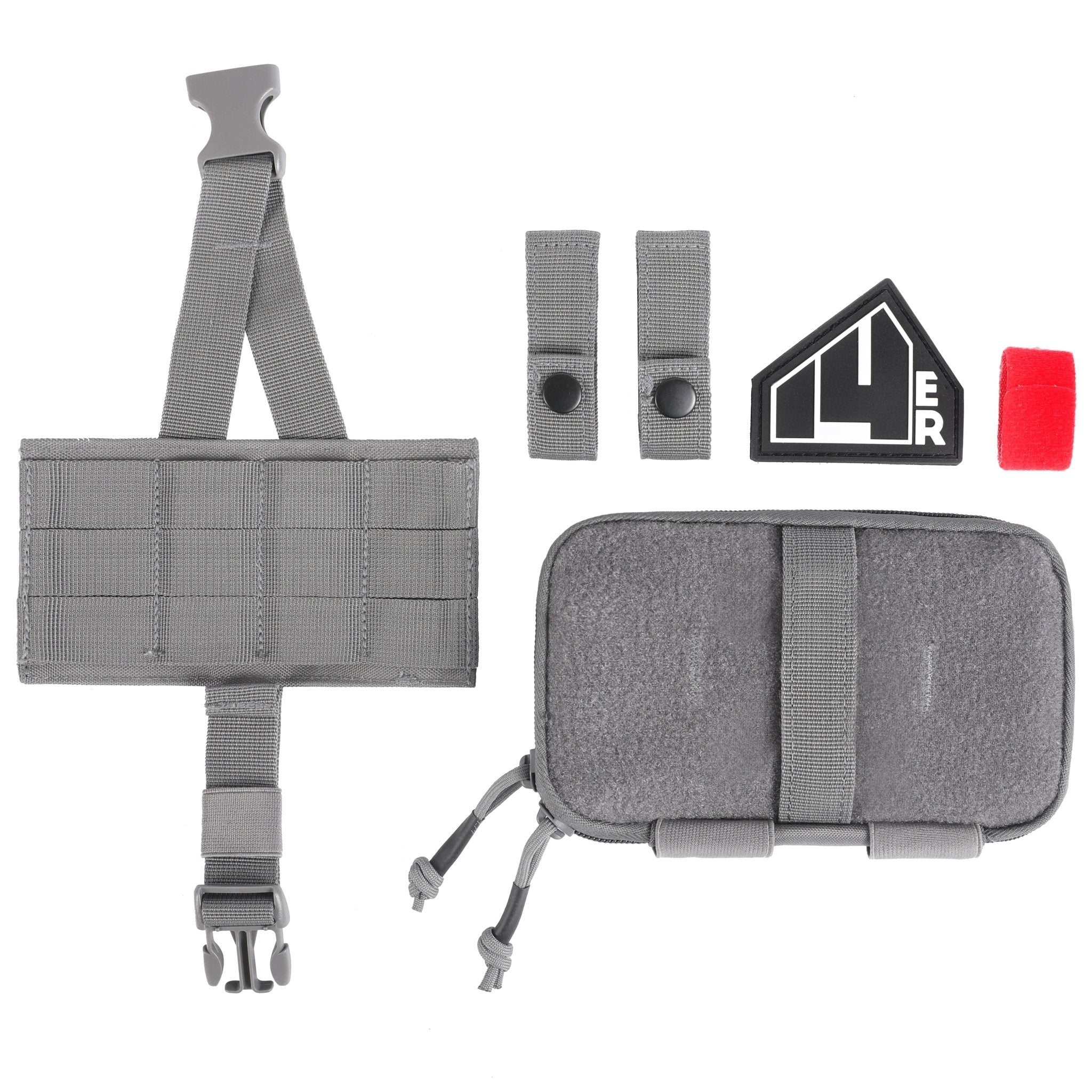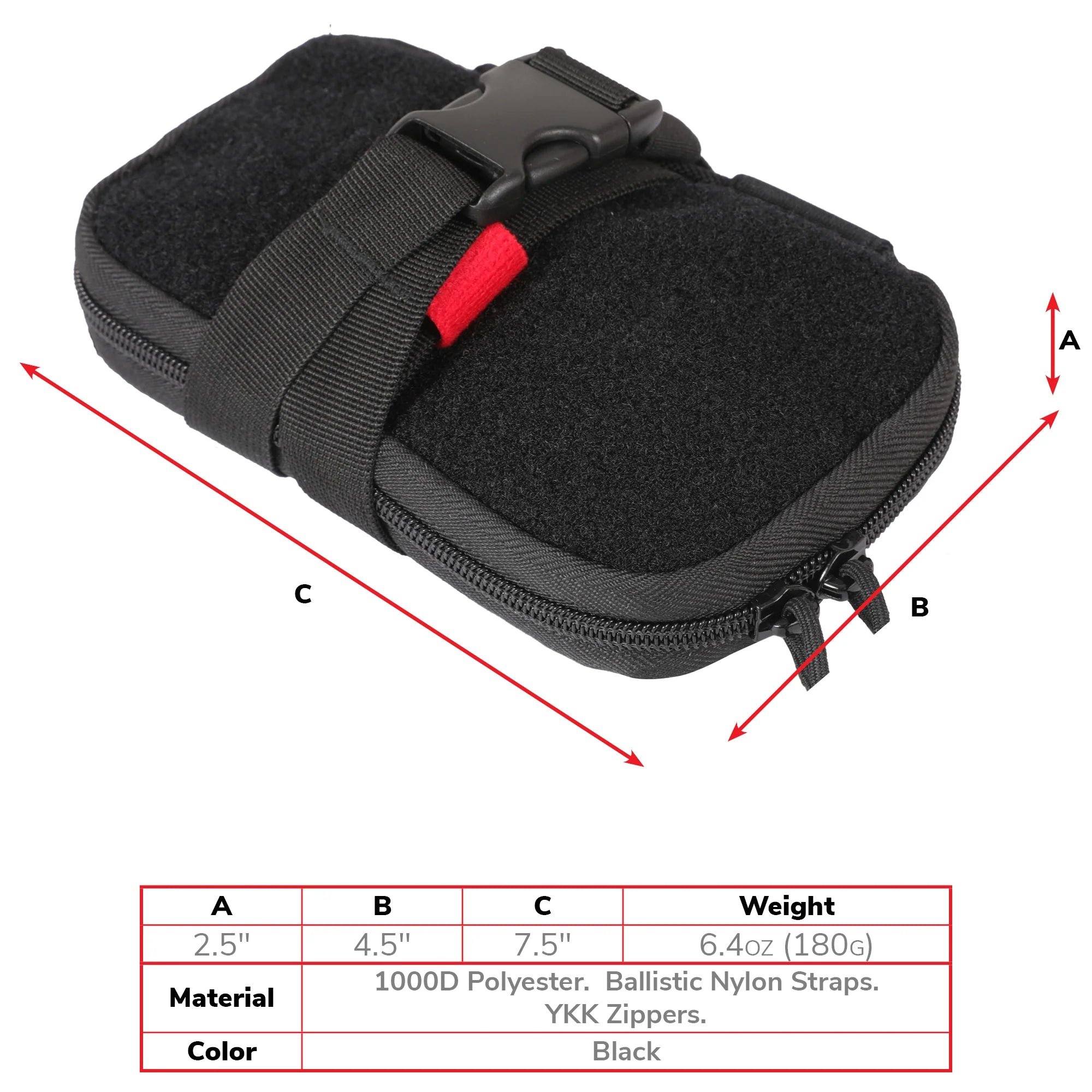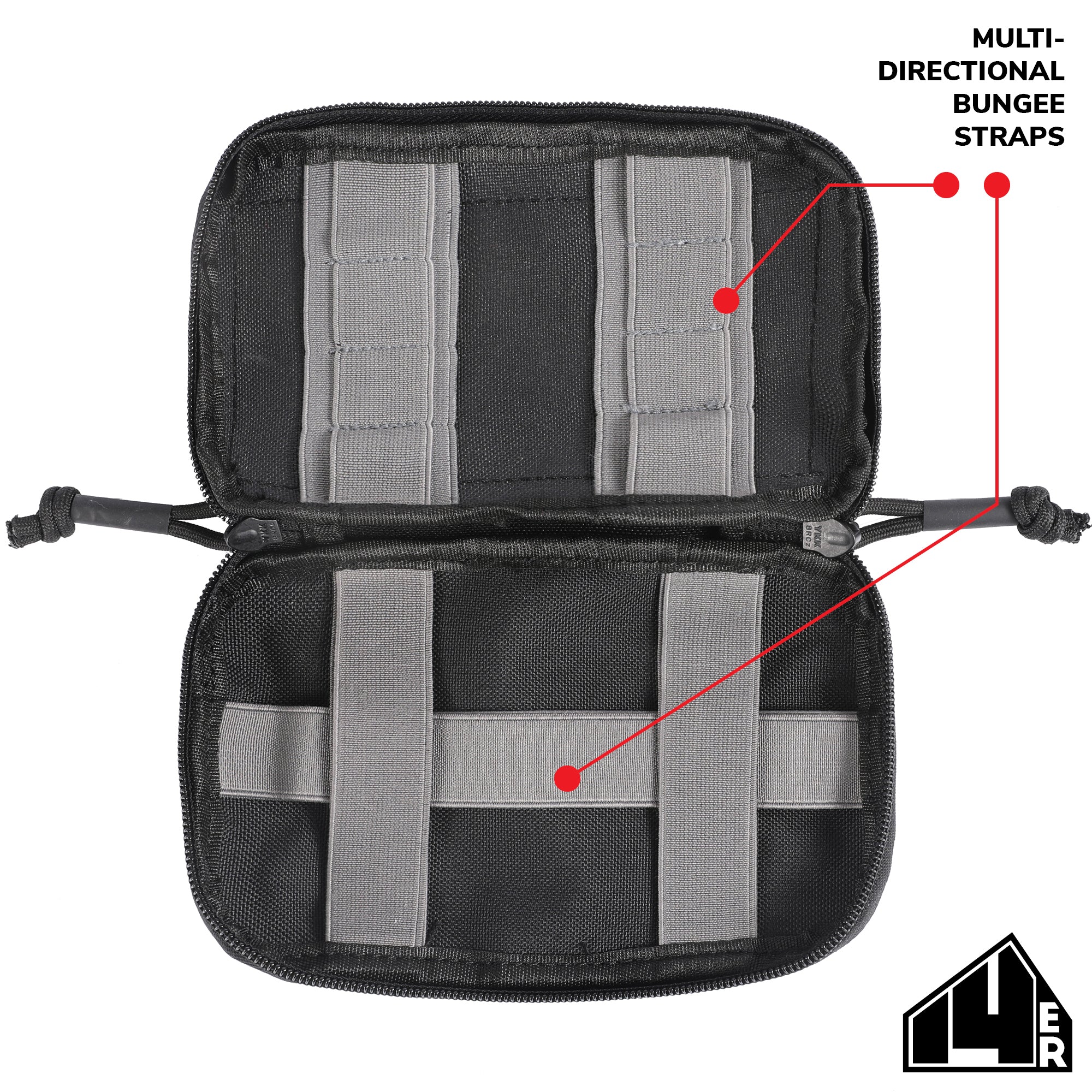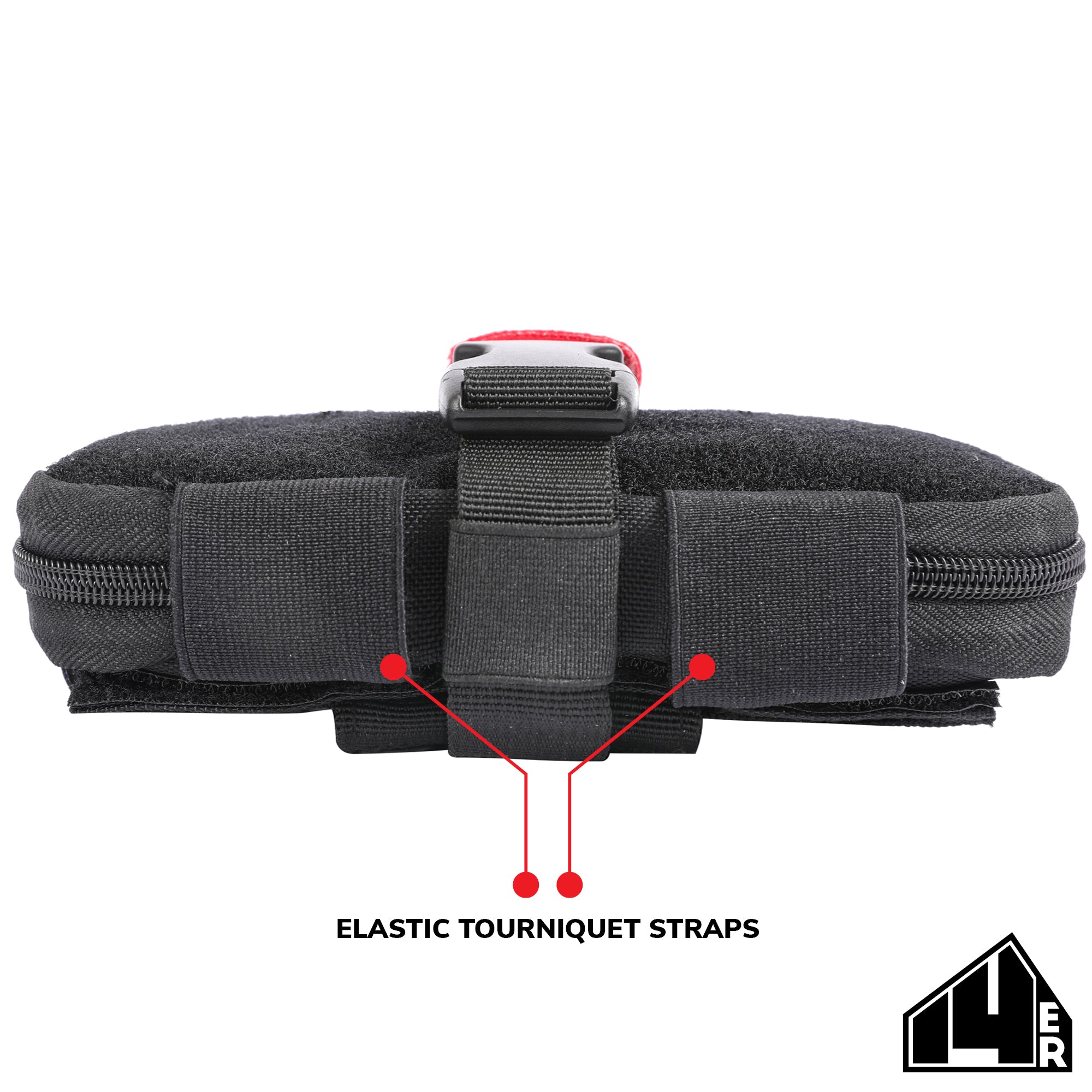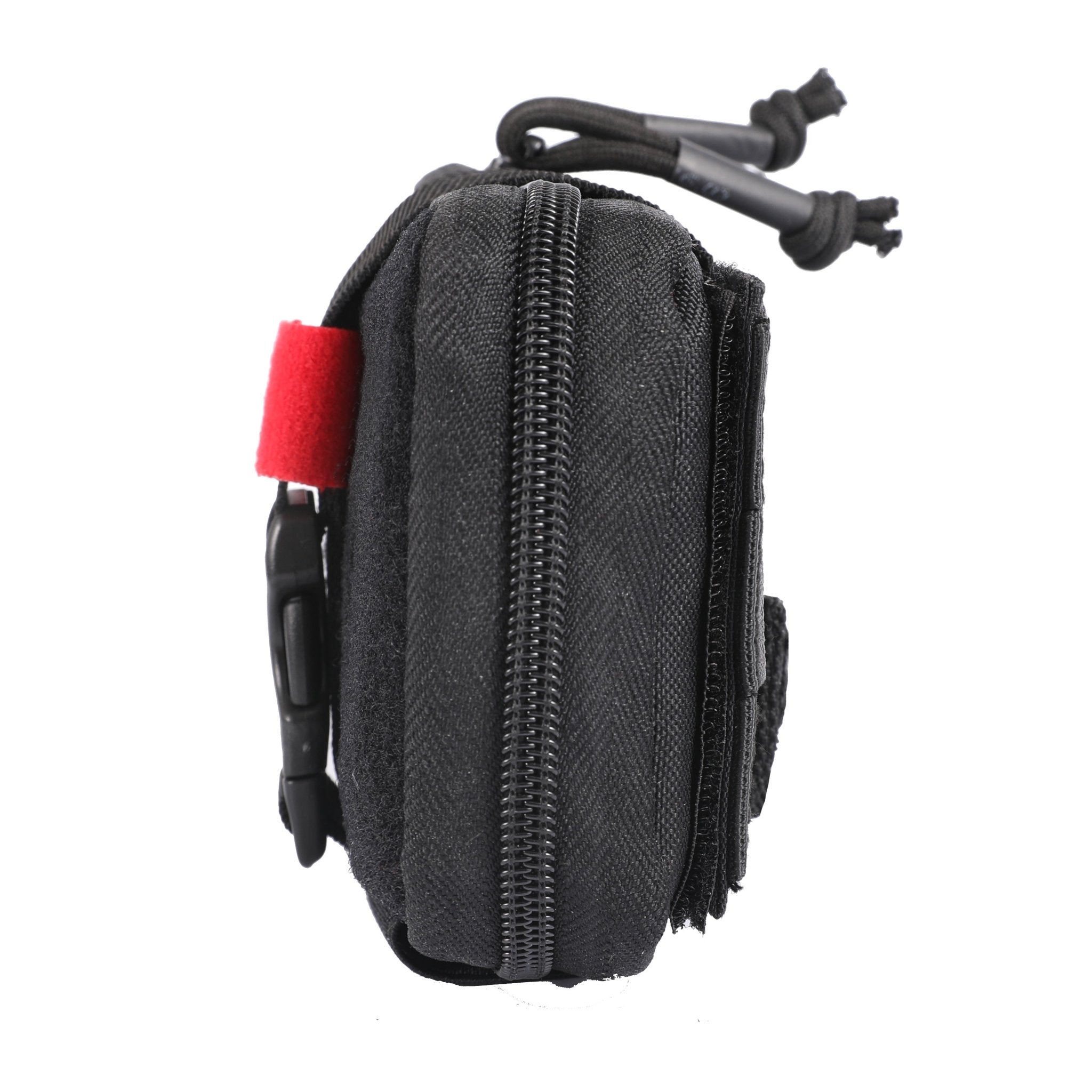
In any emergency, having the right tools can make a significant difference in survival, especially under extreme conditions. This guide delves into how you can craft advanced DIY emergency tools, focusing on devices that are crucial in scenarios like natural disasters, prolonged power outages, or situations where professional help may be delayed. By understanding and creating these tools, you'll enhance your readiness and resilience.
1. DIY Water Filter
Clean drinking water is a critical necessity that may not always be accessible during emergencies. Building a DIY water filter can be a lifesaving skill. Here’s how to make an effective water filter using simple materials:
- Materials Needed: Plastic bottle, cloth, charcoal, sand, and gravel.
-
Assembly:
- Cut the bottom of the plastic bottle and turn it upside down.
- Layer the cloth, followed by charcoal, sand, and gravel.
- Pour water through the top, allowing it to trickle down through the layers and into a clean container.

This filter can help remove impurities from water, making it safer to drink. Remember, while this filter can improve water quality, it does not make water potable if it's contaminated with viruses or heavy metals. For thorough purification, consider boiling the filtered water.
2. Hand-Cranked Charger
Electricity may not be reliable in severe weather conditions or other disasters. A hand-cranked charger can be a vital tool to keep your essential devices powered. Here’s a basic guide to constructing one:
- Materials Needed: DC motor, gear, handle, diode, and capacitor.
-
Assembly:
- Connect the DC motor to a handle with gears to increase rotations per minute.
- Attach the diode to prevent backflow of current and connect the capacitor for power storage.
- Connect the output to USB ports for charging devices.
This setup can charge small devices like mobile phones or radios, crucial for maintaining communication during emergencies.
3. Emergency Thermal Blanket
Retaining body heat can be life-saving in cold climates. An emergency thermal blanket reflects body heat, and you can make one using common materials:
- Materials Needed: Heavy-duty aluminum foil and an old blanket.
-
Assembly:
- Wrap the blanket in aluminum foil, ensuring it’s completely covered.
- Secure the edges with durable tape.

While not as compact as commercial thermal blankets, this DIY version can be used multiple times and provides substantial warmth retention.
Creating advanced DIY emergency tools not only prepares you for unexpected situations but also equips you with knowledge and skills that enhance self-reliance. While these homemade items are not replacements for professionally made products, they are invaluable in scenarios where such products may not be available. By preparing these tools in advance, you ensure that you and your family can face extreme conditions with greater security and confidence.
References
- "DIY Water Filtration: Outdoor Survival Skills" by Michael McCarthy, Survival Press, 2018.
- "The Modern Survival Manual: Surviving the Economic Collapse" by Fernando "FerFAL" Aguirre, 2009.
- "Emergency Preparedness Handbook" by John Randolph, 2021.


